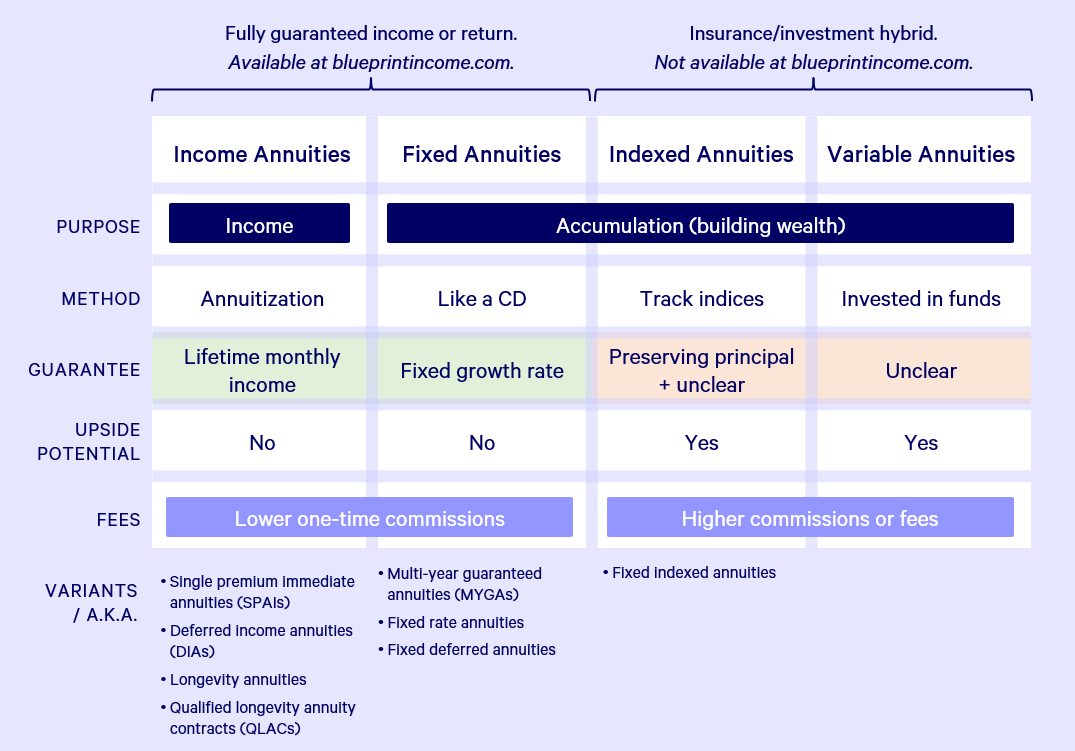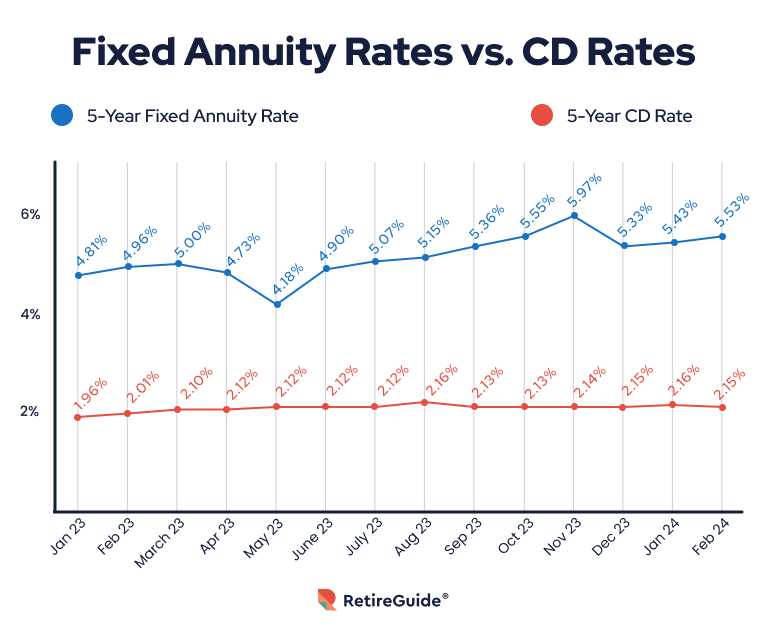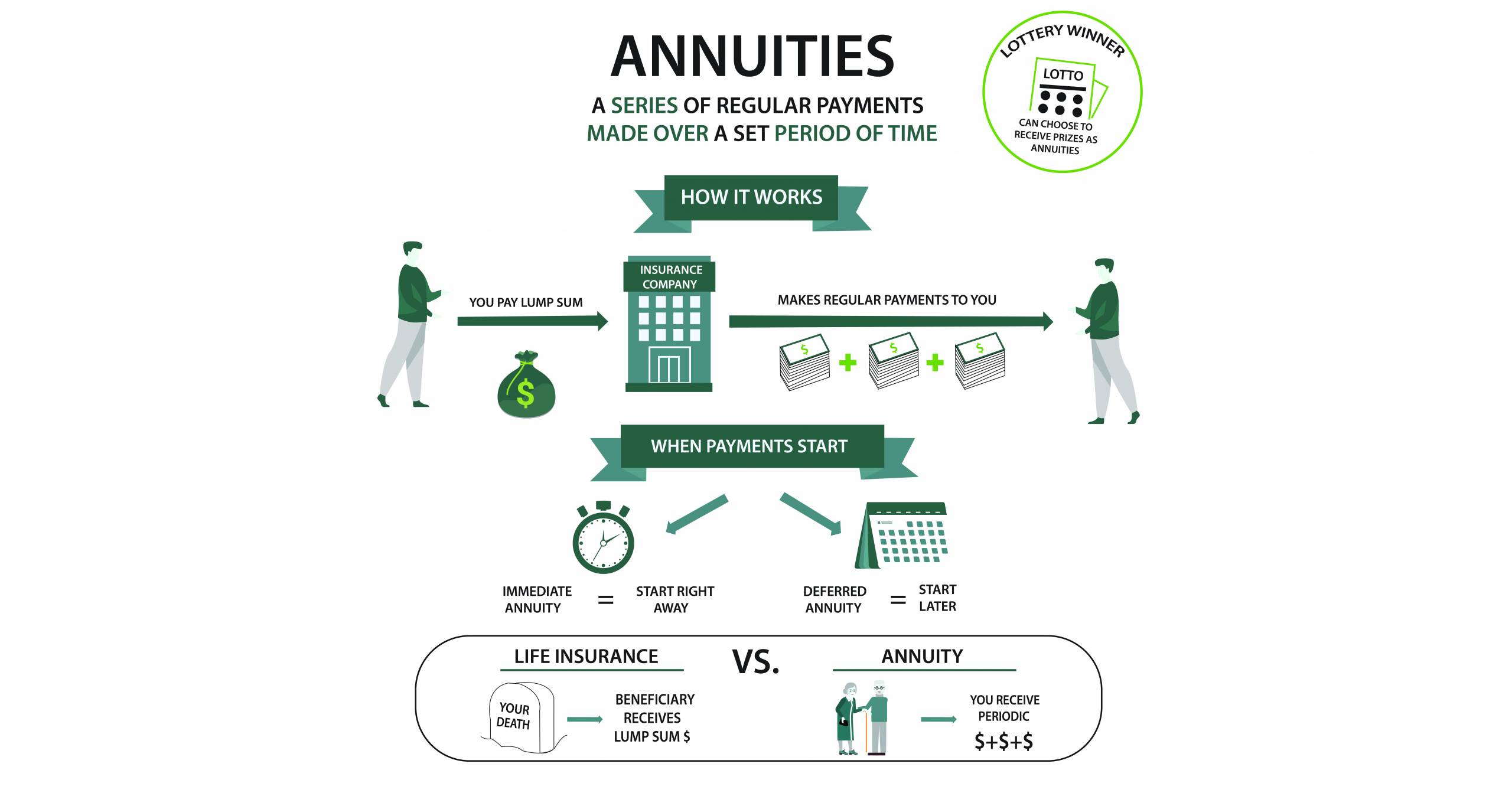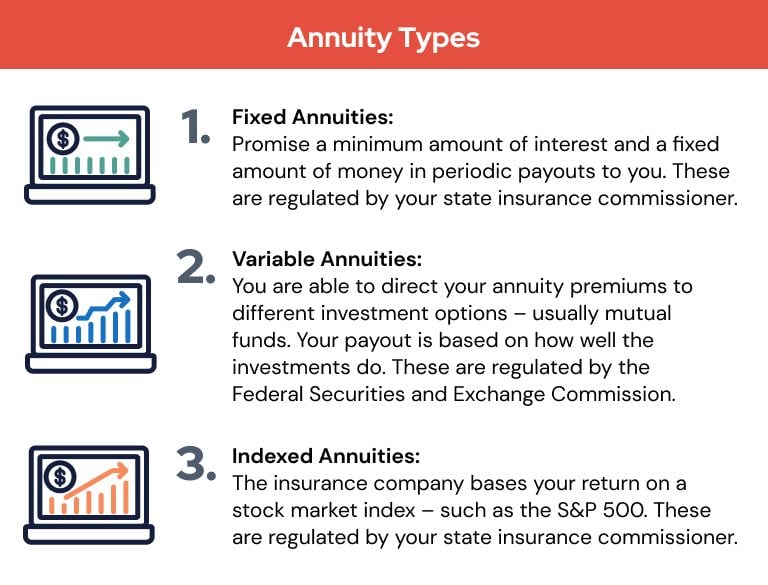All Categories
Featured
Table of Contents
Simply as with a taken care of annuity, the proprietor of a variable annuity pays an insurer a swelling sum or collection of settlements in exchange for the promise of a series of future repayments in return. As pointed out above, while a dealt with annuity expands at an ensured, continuous price, a variable annuity grows at a variable price that depends upon the efficiency of the underlying investments, called sub-accounts.

During the build-up phase, properties purchased variable annuity sub-accounts expand on a tax-deferred basis and are taxed just when the contract proprietor withdraws those profits from the account. After the build-up phase comes the income phase. In time, variable annuity properties must theoretically boost in worth until the agreement proprietor determines she or he wish to begin withdrawing money from the account.
One of the most significant issue that variable annuities typically existing is high cost. Variable annuities have a number of layers of costs and expenditures that can, in accumulation, develop a drag of approximately 3-4% of the agreement's value every year. Below are one of the most typical costs related to variable annuities. This expense makes up the insurance company for the threat that it presumes under the terms of the contract.
Highlighting Fixed Interest Annuity Vs Variable Investment Annuity Key Insights on Variable Annuity Vs Fixed Annuity What Is the Best Retirement Option? Benefits of Choosing the Right Financial Plan Why Fixed Interest Annuity Vs Variable Investment Annuity Is a Smart Choice How to Compare Different Investment Plans: How It Works Key Differences Between Different Financial Strategies Understanding the Key Features of Fixed Annuity Vs Variable Annuity Who Should Consider Immediate Fixed Annuity Vs Variable Annuity? Tips for Choosing Retirement Income Fixed Vs Variable Annuity FAQs About Fixed Income Annuity Vs Variable Annuity Common Mistakes to Avoid When Choosing a Financial Strategy Financial Planning Simplified: Understanding Your Options A Beginner’s Guide to Smart Investment Decisions A Closer Look at Fixed Index Annuity Vs Variable Annuities
M&E cost fees are determined as a percent of the contract value Annuity providers hand down recordkeeping and various other management expenses to the contract owner. This can be in the form of a flat annual cost or a percent of the agreement value. Administrative fees may be included as part of the M&E threat fee or may be analyzed independently.
These costs can range from 0.1% for easy funds to 1.5% or even more for actively handled funds. Annuity contracts can be personalized in a variety of ways to serve the certain needs of the contract owner. Some usual variable annuity cyclists consist of guaranteed minimum accumulation advantage (GMAB), ensured minimum withdrawal benefit (GMWB), and guaranteed minimum income benefit (GMIB).

Variable annuity payments offer no such tax obligation deduction. Variable annuities often tend to be extremely inefficient cars for passing wide range to the future generation because they do not appreciate a cost-basis modification when the initial agreement owner passes away. When the owner of a taxed financial investment account dies, the cost bases of the financial investments kept in the account are gotten used to reflect the market costs of those investments at the time of the proprietor's fatality.
Breaking Down Fixed Indexed Annuity Vs Market-variable Annuity A Comprehensive Guide to Investment Choices Breaking Down the Basics of Pros And Cons Of Fixed Annuity And Variable Annuity Benefits of Choosing the Right Financial Plan Why Fixed Interest Annuity Vs Variable Investment Annuity Matters for Retirement Planning Variable Vs Fixed Annuities: Explained in Detail Key Differences Between Different Financial Strategies Understanding the Key Features of Annuities Fixed Vs Variable Who Should Consider Strategic Financial Planning? Tips for Choosing the Best Investment Strategy FAQs About Planning Your Financial Future Common Mistakes to Avoid When Choosing Variable Annuities Vs Fixed Annuities Financial Planning Simplified: Understanding Your Options A Beginner’s Guide to Smart Investment Decisions A Closer Look at How to Build a Retirement Plan
Therefore, heirs can acquire a taxed financial investment profile with a "tidy slate" from a tax obligation point of view. Such is not the instance with variable annuities. Investments held within a variable annuity do not receive a cost-basis adjustment when the original owner of the annuity passes away. This indicates that any accumulated unrealized gains will certainly be handed down to the annuity owner's successors, along with the linked tax obligation burden.
One considerable problem connected to variable annuities is the capacity for conflicts of passion that might exist on the part of annuity salesmen. Unlike an economic expert, who has a fiduciary responsibility to make investment decisions that profit the client, an insurance policy broker has no such fiduciary commitment. Annuity sales are very rewarding for the insurance coverage specialists who market them as a result of high ahead of time sales commissions.

Many variable annuity agreements have language which places a cap on the portion of gain that can be experienced by certain sub-accounts. These caps prevent the annuity owner from completely joining a part of gains that might or else be appreciated in years in which markets produce significant returns. From an outsider's perspective, it would seem that investors are trading a cap on investment returns for the aforementioned assured flooring on investment returns.
As noted above, give up charges can drastically restrict an annuity owner's capacity to relocate properties out of an annuity in the early years of the agreement. Additionally, while a lot of variable annuities enable contract owners to take out a defined quantity throughout the build-up stage, withdrawals past this quantity generally lead to a company-imposed charge.
Withdrawals made from a set passion price financial investment alternative could likewise experience a "market worth change" or MVA. An MVA readjusts the worth of the withdrawal to mirror any adjustments in passion prices from the moment that the cash was purchased the fixed-rate choice to the moment that it was taken out.

Fairly typically, even the salesmen who sell them do not totally comprehend just how they function, and so salespeople in some cases exploit a buyer's emotions to offer variable annuities rather than the values and viability of the items themselves. We believe that financiers ought to fully comprehend what they own and how much they are paying to have it.
Decoding Annuity Fixed Vs Variable Everything You Need to Know About Financial Strategies Breaking Down the Basics of Investment Plans Features of Variable Annuity Vs Fixed Indexed Annuity Why Fixed Income Annuity Vs Variable Annuity Can Impact Your Future Pros And Cons Of Fixed Annuity And Variable Annuity: Explained in Detail Key Differences Between Fixed Vs Variable Annuity Understanding the Key Features of Long-Term Investments Who Should Consider Fixed Vs Variable Annuity Pros And Cons? Tips for Choosing the Best Investment Strategy FAQs About Planning Your Financial Future Common Mistakes to Avoid When Planning Your Retirement Financial Planning Simplified: Understanding Your Options A Beginner’s Guide to Choosing Between Fixed Annuity And Variable Annuity A Closer Look at How to Build a Retirement Plan
Nevertheless, the exact same can not be stated for variable annuity properties held in fixed-rate investments. These assets legally come from the insurance coverage business and would certainly consequently go to risk if the business were to stop working. Any warranties that the insurance business has concurred to provide, such as an assured minimum revenue advantage, would certainly be in inquiry in the event of a service failing.
Potential buyers of variable annuities should recognize and consider the financial problem of the providing insurance policy company before entering right into an annuity contract. While the benefits and disadvantages of different kinds of annuities can be debated, the real problem surrounding annuities is that of suitability.
After all, as the claiming goes: "Caveat emptor!" This write-up is prepared by Pekin Hardy Strauss, Inc. Fixed annuity payout guarantees. ("Pekin Hardy," dba Pekin Hardy Strauss Riches Administration) for educational functions only and is not planned as an offer or solicitation for company. The details and data in this post does not make up lawful, tax obligation, accountancy, investment, or other expert advice
Table of Contents
Latest Posts
Analyzing Strategic Retirement Planning A Comprehensive Guide to Investment Choices What Is the Best Retirement Option? Pros and Cons of Variable Vs Fixed Annuity Why Choosing the Right Financial Stra
Understanding Fixed Income Annuity Vs Variable Growth Annuity A Comprehensive Guide to Retirement Income Fixed Vs Variable Annuity Breaking Down the Basics of Investment Plans Advantages and Disadvant
Decoding Fixed Index Annuity Vs Variable Annuity A Comprehensive Guide to Investment Choices Breaking Down the Basics of Fixed Annuity Vs Equity-linked Variable Annuity Features of Fixed Annuity Or Va
More
Latest Posts